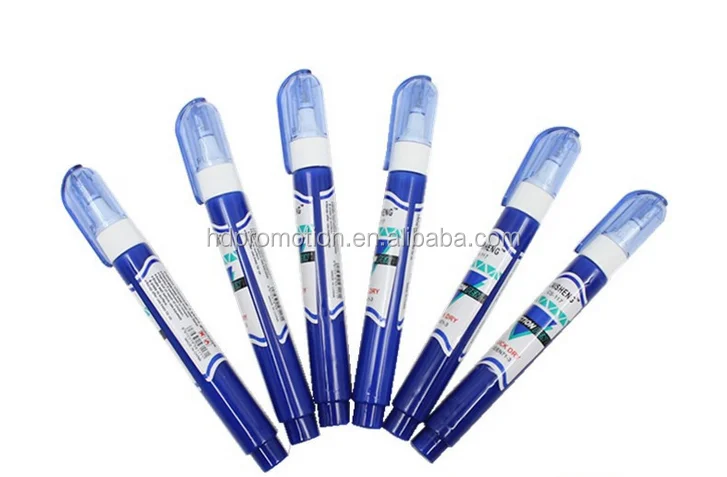
Once you’ve fixed your finish, don’t forget to seal it with a high-quality lacquer, car polish or car wax - which you can naturally find at Halfords.
Off white correction fluid free#
You can buy scratch repair products at your local Halfords store, or shop online with free delivery over £20. If your windscreen has become damaged at the same time, you can book a windscreen chip repair As the paint dries, it blends in with the finish of your car, making scratches and chips disappear. You simply pop the cap and cover chips and heavier scratches. To deal with chip damage, we’ve produced our own range of chip, and car scratch repair pens. Once they’re gone, you can shampoo, wax and polish your car back to perfection. Specialist car scratch repair products such as car touch up paint and scratch removal kits gently remove scratches, clean your car’s finish, and restore paintwork. It takes more than a bit of elbow grease to fix scratches on your car.
Off white correction fluid full#
Whether you’re undertaking a full restoration, or just want to do some DIY-detailing, you’ll find all the car scratch repair and car paint repair products you need at Halfords. Scratches, chips and scrapes in your paintwork don’t just look bad, they can affect the resale value of your car. Gas furnaces typically last 15 to 30 years on average.About our range of car scratch removal products They’re designed to last more than 50 years for the underground parts, with the above-ground components expected to last 25 years or more. Supporters say lower operating costs eventually make that worthwhile, because the superpower of ground source heat pumps is that they use very little electricity to move heat around. Geothermal systems cost more up front than typical furnaces, sometimes tends of thousands of dollars.

For smaller residential lots, the solution is to drill deeper - as much as 300 feet or more - to get a loop that is long enough for the water be in contact with the ground and equalize with its constant temperature. In apartment buildings, schools or other commercial buildings, the underground loop may be just a few feet deep and extend horizontally over a wide area. The system then pushes air over the hot refrigerant and into the house until the air in the house reaches thermostat temperature. An electric pump then compresses it, which spikes the temperature. Arriving back at the pump, the water in the loop now heats the refrigerant, making it want to expand.

On a sub-freezing January day, the system circulates the water underground, warming it to about 55 degrees. Warming the building works much the same, in reverse. Having dumped its heat, it can absorb more for transfer to the outdoors.

When the house needs cooling - say on an 85-degree July day - a refrigerant, which is a special fluid, absorbs unwanted heat indoors and transfers it to water in the long piping, circulating it underground, giving it time to cool to the constant mid-50s below. The water gets circulated by a heat pump system, usually located in the basement. Geothermal takes advantage of that constant temperature by pushing water with some antifreeze through a loop of flexible pipe that runs deep underground. It’s a technology that relies on a simple physical fact: Dig several feet below Earth’s surface, in the coldest winter or the hottest summer, and the temperature will be around 55 degrees. Some homeowners looking to switch out their heating and cooling systems are turning to home geothermal - also known as ground source - heat pumps.


 0 kommentar(er)
0 kommentar(er)
